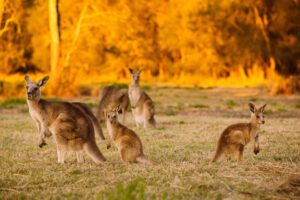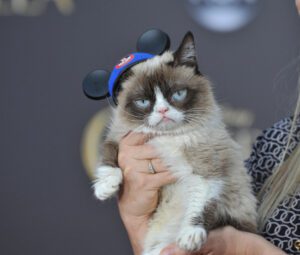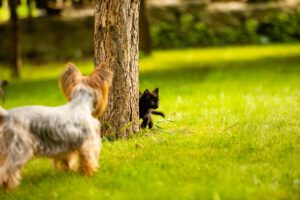The diet of the Chinstrap Penguin consists of: small shoaling animals, krill, small fish and other roaming marine crustaceans. Chinstrap Penguins are considered near-shore feeders foraging among the pack ice, although vagrants may occasionally be seen in the open sea.
They feed by pursuit-diving for prey close to their breeding colonies. Diving effort is usually concentrated near midnight and noon and dives typically last less than a minute and are seldom more than 200 feet deep.
Like most penguins, these use their flippers to ‘fly’ at speeds of up to 20 miles per hour. On land, Chinstraps often ‘toboggan’ on their stomachs, propelling themselves by their feet and flippers. Chinstrap Penguins climb out of the water and up steep slopes using all four limbs and they are able to jump large distances to reach footholds.

They communicate through ritual behaviours of head and flipper waving, calling, bowing, gesturing and preening. Stares, pointing and charging may occur when territorial disputes arise. Chinstrap penguins make a round nest out of stones and pebbles.
Their nests are usually 40 centimetres in diameter and 15 centimetres high. The female lays two eggs in November or December and the eggs are kept warm by both male and female. They do this by taking turns for 5 to 10 days, while the other mate is feeding. The eggs hatch after about 33 to 15 days.














